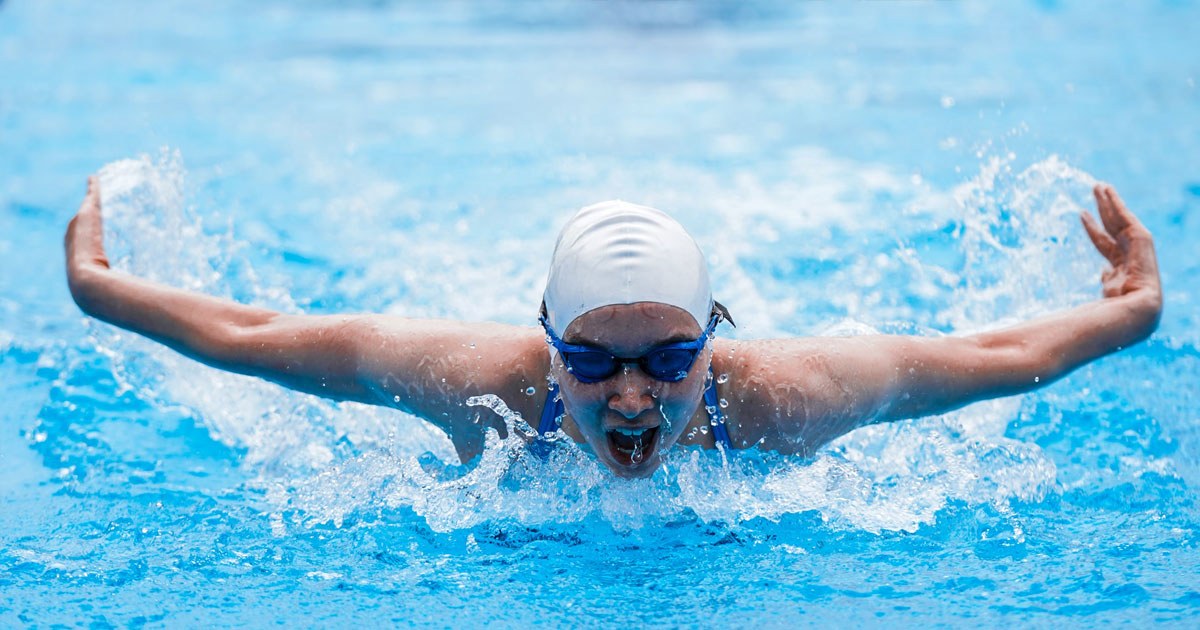
Understanding Rotator Cuff Tendinopathy - An Exercise Based Approach
Rotator cuff tendinopathy is one of the most common shoulder pathologies we see in the clinic, affecting around 30% of the population. It often presents as shoulder pain during overhead activity, weakness with rotation or abduction, discomfort when lying on the affected side, or tenderness that flares after sudden increases in load. Many people experiencing this condition, especially those involved in sports with throwing movements or occupations requiring repetitive overhead use often ask: "Do I need surgery?", "Can I keep training?" and "How long will it take to recover?"
Understanding the Causes
Rotator cuff tendinopathy is multifactorial. Several factors can contribute, including:
- Training and occupational load: Sports involving repetitive throwing motions (like baseball, cricket, volleyball, or swimming) or occupations with frequent overhead lifting (such as construction, painting, or warehouse work) can increase tendon load, particularly if sudden spikes in intensity or volume occur.
- Biomechanics: Altered glenohumeral mechanics, poor thoracic mobility, and shoulder muscle imbalances can create excessive stress on the tendons, making them more susceptible to overload.
- Intrinsic tendon factors: Age-related degeneration, decreased vascularity, and changes in tendon collagen structure can reduce the tendon's ability to tolerate load.
- Systemic factors: Conditions such as diabetes, high cholesterol, obesity, and lifestyle factors like smoking can also impact tendon health.
- Previous injuries: A history of shoulder injury increases the risk of recurrence, highlighting the importance of proper rehab and gradual return to activity.
Symptoms to Watch For
Patients typically report:
- Pain during overhead activities or lifting
- Painful arc between 60--120° of abduction
- Weakness or pain with resisted external rotation or abduction
- Local tenderness and symptom flare-ups after sudden load increases
Common questions we get in clinic:
Do I need surgery?
Exercise-based rehabilitation is considered first-line for rotator cuff tendinopathy. Surgery is generally reserved for full-thickness tears or cases that do not respond to conservative care.Can I keep training?
Yes. Avoiding all activity is rarely helpful. The key is modifying training loads to stay within pain-tolerable limits. Gradually progressive loading helps restore tendon capacity without causing further damage.How long does recovery take?
Tendons take time to adapt. While some symptom relief may occur within weeks, a structured rehabilitation program over 3--6 months is often needed for lasting improvement.What about injections?
Cortisone injections can provide short-term pain relief, but studies show they do not improve long-term outcomes compared with structured exercise-based loading programs.
Early-Stage Rehabilitation Exercises
Early rehab focuses on reducing pain, restoring shoulder control, and beginning to rebuild tendon capacity without overloading the joint. Here are a few exercises we use to begin to load those suffering from Rotator cuff tendinopathies:
Side Lying Dumbbell External Rotation
Side Lying Eccentric Shoulder Adduction
Supine Bottom Up Kettlebell Stability Press
Sports and Work Considerations
For athletes in throwing sports, like cricket, baseball, handball, and volleyball, rehab focuses on progressive load through the shoulder, gradually reintroducing throwing mechanics while maintaining scapular and rotator cuff strength.
For those in overhead occupations, like painters, electricians, or warehouse workers, rehabilitation includes workplace-specific conditioning and posture optimization to reduce stress during repetitive tasks. Functional adaptations and progressive strengthening are crucial to prevent recurrence.
Rotator cuff tendinopathy is common but manageable with evidence-based rehabilitation. Early intervention, structured exercise, and load management are key to restoring function and returning to sports or work. Surgery is rarely the first step, and while injections may help temporarily, consistent, progressive loading is the cornerstone of recovery.